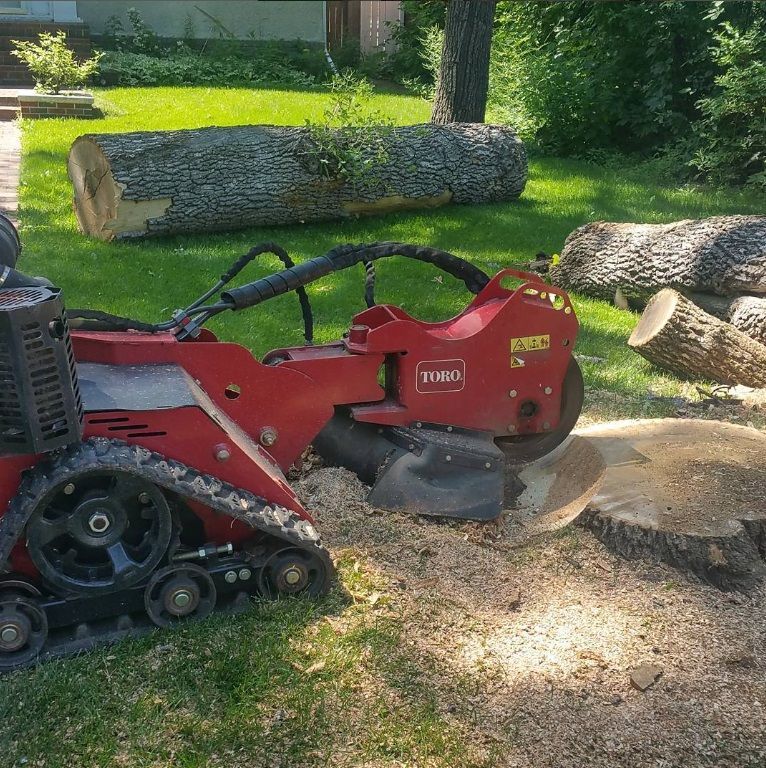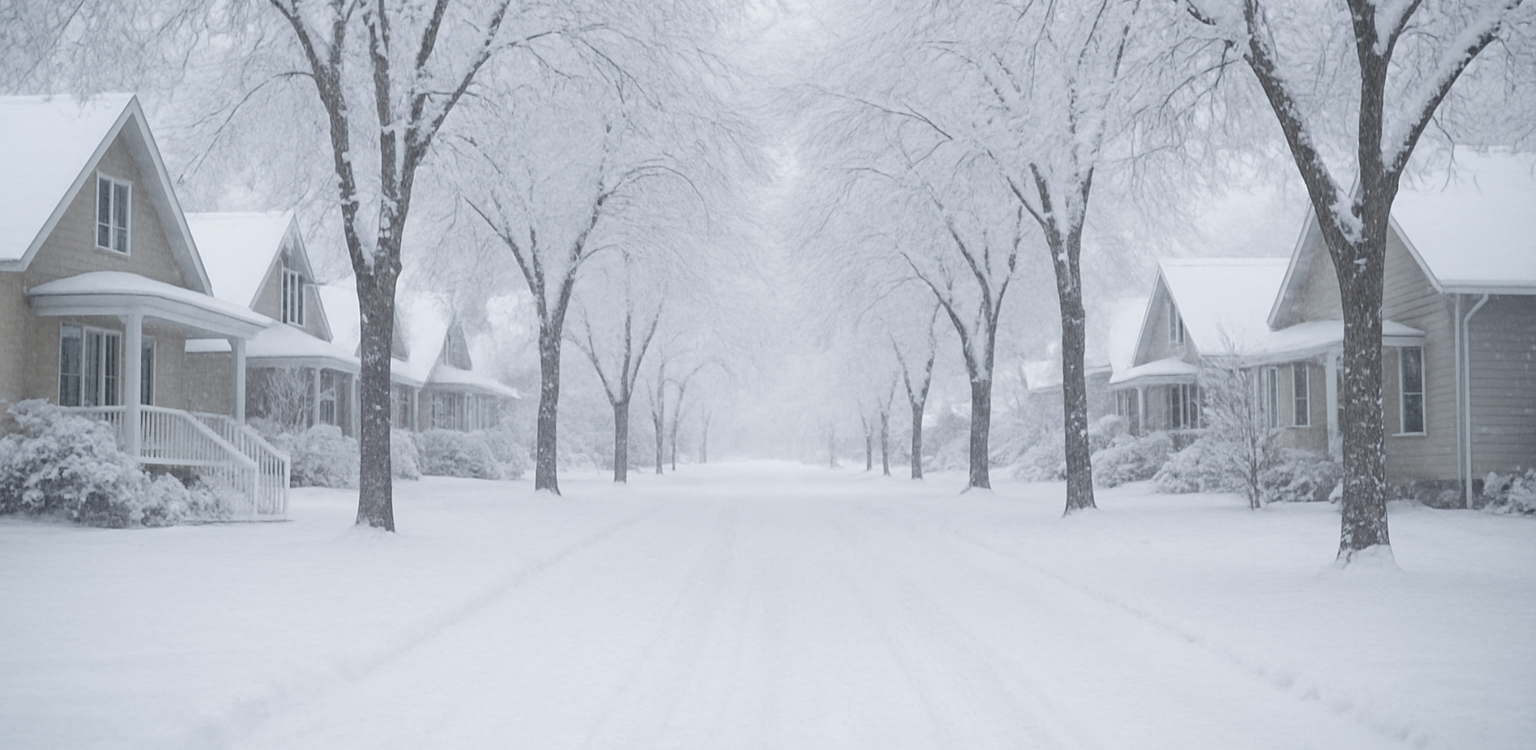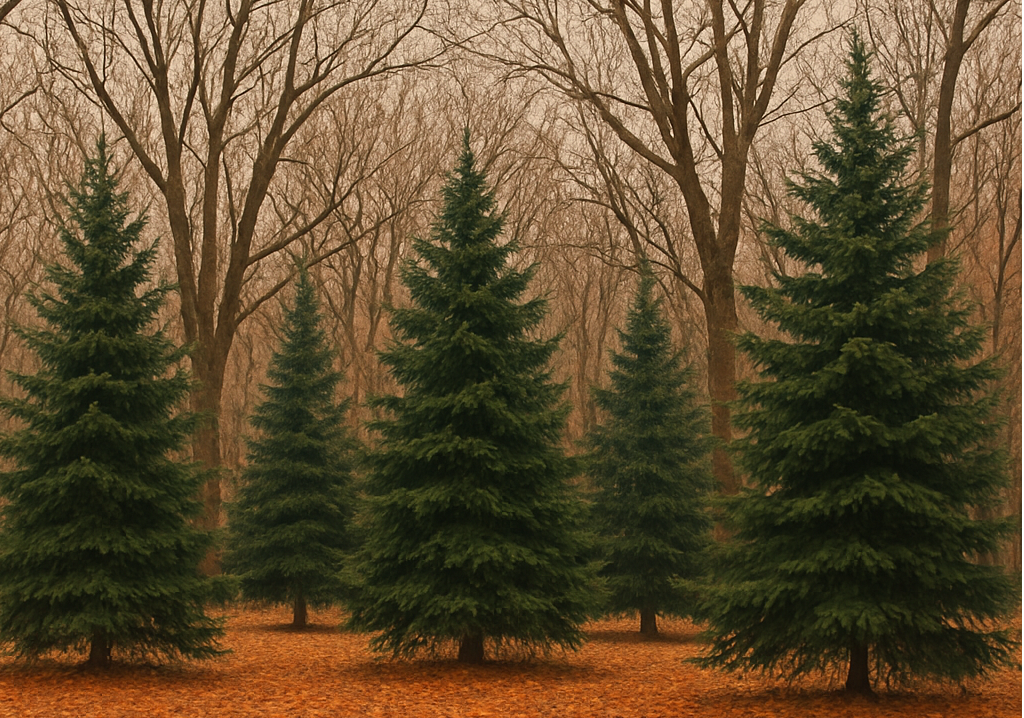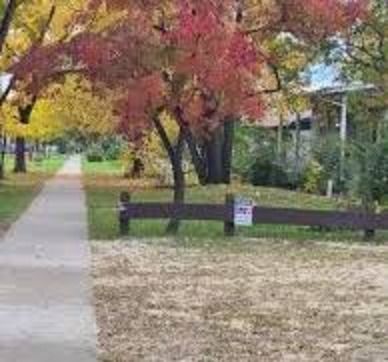Why Stump Grinding is the Best Solution After Tree Removal
Trevor Soltys & Paul Kasper
When a tree is removed, many homeowners are left with the decision of what to do with the remaining stump. While it may seem harmless to leave the stump in place, there are several reasons why stump grinding is the best solution after tree removal. From improving the look of your yard to preventing potential hazards, stump grinding offers numerous benefits that far outweigh leaving the stump or opting for other removal methods.
1. Improves Aesthetic Appeal
A leftover tree stump can be an eyesore in an otherwise beautiful yard. Whether you’re maintaining a clean and organized garden space or considering selling your property, stumps detract from curb appeal. By grinding the stump down to ground level (or below), you restore the clean, even appearance of your landscape. This is especially important for homeowners who take pride in their yard’s appearance or are looking to increase property value.
2. Prevents Pest Infestations
Old tree stumps can quickly become breeding grounds for pests like termites, ants, and beetles. These pests often nest in the decaying wood and, if left unchecked, can spread to other areas of your yard, including healthy trees, plants, or even your home. Stump grinding eliminates this habitat for pests, keeping your property safer from infestations that could lead to costly pest control measures.
3. Promotes Safety
Tree stumps, especially those hidden by grass or foliage, can pose a significant safety risk. They are tripping hazards, particularly for children, pets, and the elderly. Additionally, they can cause damage to lawn equipment like mowers if not properly seen. Stump grinding eliminates these risks, creating a safer outdoor space for your family and visitors to enjoy without worry.
4. Prevents Unwanted Regrowth
In some cases, tree stumps can start sprouting new shoots and regrowing into a new tree. This is not only unsightly, but it can also cause ongoing maintenance problems. You may find yourself dealing with persistent shoots and new roots spreading across your yard. Stump grinding ensures the tree is fully removed, preventing the possibility of regrowth and reducing the time and money spent on future tree management.
5. Environmentally Friendly Solution
One of the often-overlooked benefits of stump grinding is its environmental friendliness. After the stump is ground down, you are left with mulch made of wood chips. This mulch can be reused in your garden to retain soil moisture, reduce weeds, and improve soil health. By recycling the wood chips in this way, you avoid creating waste and contribute to a more sustainable landscaping solution.
6. Cost-Effective in the Long Run
While some homeowners might hesitate due to the initial cost of stump grinding, it’s important to consider the long-term savings. Leaving a stump can lead to potential property damage, pest infestations, and the costs associated with treating regrowth. Additionally, removing the stump avoids future issues that may require more expensive solutions, such as pest control services or landscape repair. Stump grinding is an investment that pays off over time by eliminating these risks from the start.
Conclusion
When a tree is removed, the job isn’t truly complete until the stump is addressed. Stump grinding offers the most effective and efficient solution for handling the leftover stump, with benefits ranging from improved safety and aesthetics to preventing pests and promoting sustainability. Whether you’re a homeowner looking to enhance your landscape or a professional aiming for the best long-term results, stump grinding is undoubtedly the best choice for removing stumps after tree removal.







